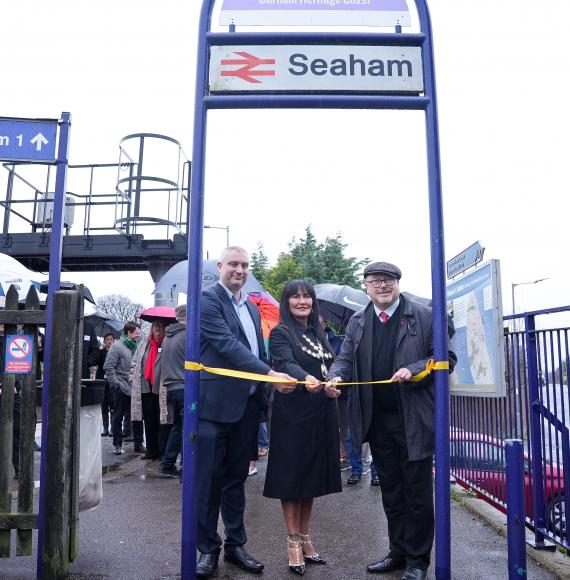In February 2014, severe storms battered England’s southern coast and the sea-front railway running through Dawlish, Devon, felt the full force of the wind and rain. Under severe duress, the sea wall gave way, compromising an 80-metre stretch of railway, which washed into the sea.
Network Rail reacted quickly, completing emergency repairs and opening the railway within six weeks and re-opening the restored sea wall in August 2015.
Even as the railway opened, Network Rail was aware that a more extensive improvement to the sea wall would be required to guarantee the future of the coastal railway. Advice from climatologists and coastal erosion experts suggested that the events of 2014 were highly likely to happen again. In an era of rising sea levels and increasingly severe weather events, a more robust, long-term solution was required to safeguard the railway.
Yan Sayles, BAM Nuttall’s Senior Agent at Dawlish explained: “Our first option was to reclaim land, temporarily raising the level of the ground to allow piling machinery to access the foundations. This approach would have required the movement of thousands of tonnes of stone and resulted in significant environmental impacts.
“The solution agreed with Network Rail was to bring in the 'WaveWalker', a jack-up barge that can walk along the seabed. The barge will allow us to move close enough to shore to install piles, easily move to our next location and to work continuously regardless of tides.”
Do you like what you've read so far? Then click here or below to read the full article in our latest digital edition of RTM!
















